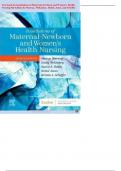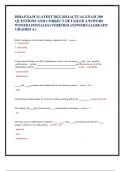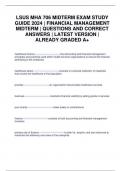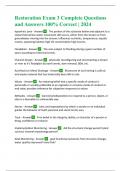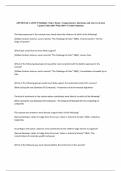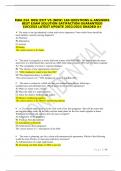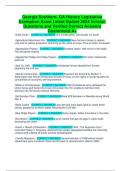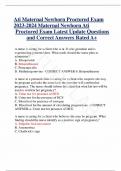Examen
Test bank for foundations of Maternal-Newborn and Women’s Health Nursing 8th Edition by Murray, McKinney, Holub, Jones, and Scheffer
- Cours
- Établissement
- Book
Test bank for foundations of Maternal-Newborn and Women’s Health Nursing 8th Edition by Murray, McKinney, Holub, Jones, and Scheffer Sample Questions Chapter 01: Maternity and Women’s Health Care Today Foundations of Maternal-Newborn & Women’s Health Nursing, 8th Edition MULTIPLE CHOICE ...
[Montrer plus]
